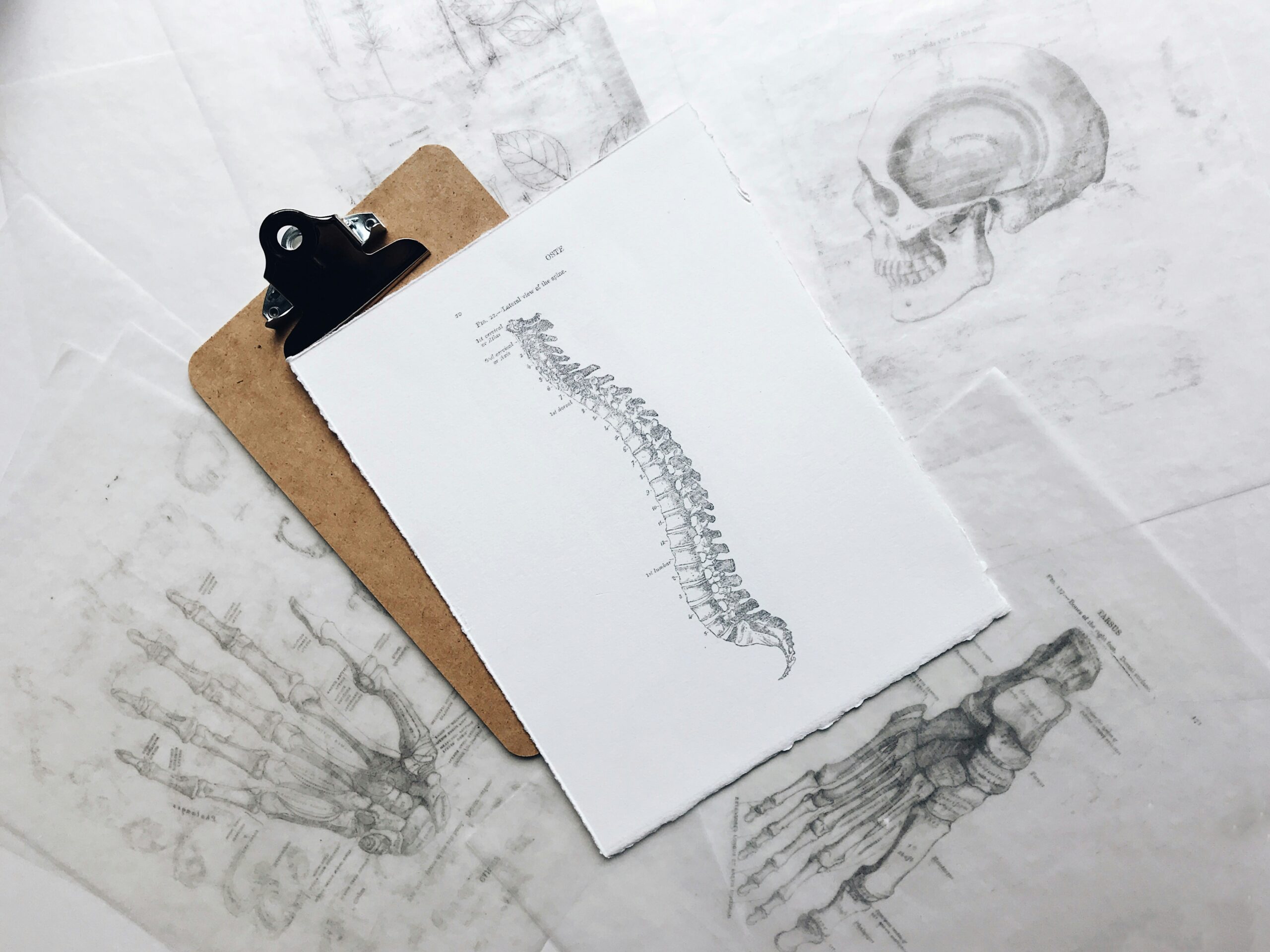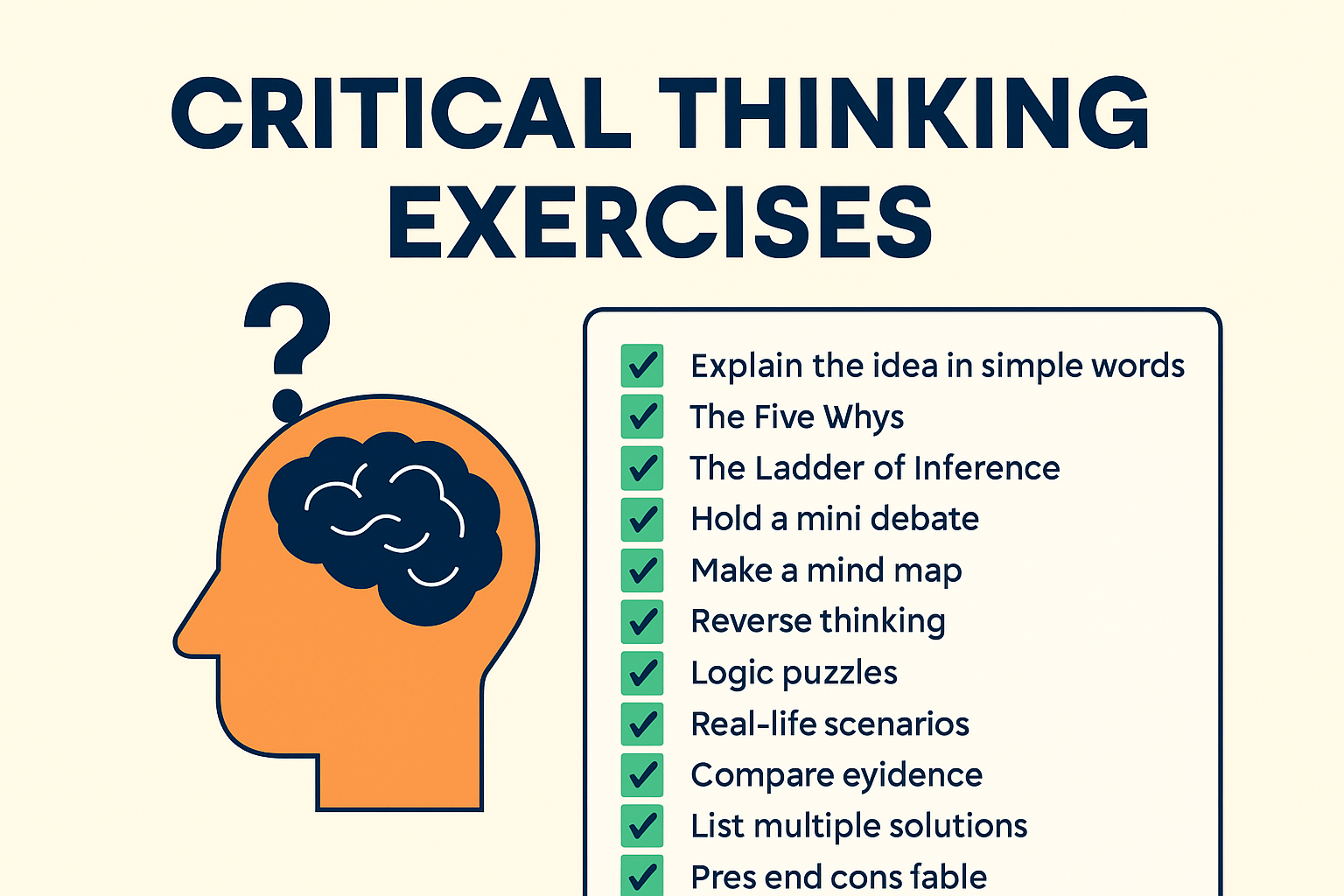Modern Solutions People Swear By for Chronic Back Pain
Back pain is a nearly universal experience that most people face at some point in their lives. Research suggests that as many as 84% of adults will deal with it at some stage. It remains one of the most common and disruptive health problems worldwide.
For some individuals, it’s a mild soreness after hours of sitting or standing. For others, it’s a constant struggle that interferes with sleep, emotional well-being, and daily movement. Yoga and stretching routines are often the first suggestions for pain relief. While they can be very helpful, they’re not a cure-all.
The good news? Today’s pain management landscape offers far more than downward dog and deep breathing. From new therapies to high-tech devices, here’s a look at some unexpected yet effective tools people use to manage chronic back pain.
Mind-Body Therapies That Go Deeper Than Meditation
Meditation is known to reduce stress, which in turn may ease pain. Some people are taking it a step further with therapies like biofeedback and clinical hypnosis.
Biofeedback teaches individuals to recognize and control physiological responses such as heart rate or muscle tension, which often intensify pain. Clinical hypnosis, when done by a trained professional, can help the brain reframe pain signals, making them feel less intense.
A study published on ScienceDirect found that both biofeedback and hypnosis led to significant improvements in pain intensity, pain interference, and sleep quality. This suggests these therapies can offer more than just mental relaxation.
While they don’t eliminate pain, they help shift the body’s and brain’s response to it, offering a powerful complement to conventional treatments.
Spinal Cord Stimulators
Spinal cord stimulators are gaining attention as a promising choice for those with severe, treatment-resistant nerve pain. These tiny implanted devices send gentle electrical impulses to the spinal cord, helping to interrupt pain signals before they can reach the brain. For people with failed back surgery syndrome, neuropathy, or complex regional pain syndrome, spinal cord stimulators offer new hope.
However, it’s important to know that not all stimulators are the same. According to TruLaw, some patients have reported complications, particularly with certain models from Abbott. In rare cases, the device has become stuck in MRI mode, effectively disabling therapy and leaving users without pain relief.
This issue has even led to an ongoing Abbott spinal cord stimulator lawsuit. So, before choosing this therapy, make sure to discuss the specific brand and model with your doctor. Being informed can make all the difference in getting safe and effective treatment.
Aquatic Therapy
If traditional exercise feels like a strain, water-based movement could be the answer. Aquatic therapy uses the buoyancy of water to support the body while allowing for strength-building, stretching, and cardio. All without the harsh impact of land-based workouts.
People with herniated discs, sciatica, or spinal stenosis often find water workouts gentler and more effective for pain control, especially during flare-ups.
A new study from Concordia University found that aquatic therapy does more than strengthen muscles around the spine. It also helps reduce pain-related fear and sleep disturbances- two common struggles in chronic low back pain. Participants in the study who engaged in aquatic therapy reported greater improvements than those following standard care programs. Many find it mentally uplifting, too.
Dry Needling
Dry needling may resemble acupuncture at first glance, but the two are quite different. While acupuncture comes from traditional Chinese medicine, dry needling is based on modern Western medical principles.
As explained by the Cleveland Clinic, this technique targets myofascial trigger points. These are tight, sensitive spots in muscles that can lead to pain either at the source or in other areas of the body. Known as referred pain, this type of discomfort often shows up far from where it starts.
During a dry needling session, a trained provider uses fine, solid needles to penetrate the skin and reach these trigger points. The purpose is to ease muscle tightness, enhance circulation, and reduce both direct and referred pain. Because no medication is used, the method is considered “dry.”
This sets it apart from trigger point injections, which do involve medication and are administered by doctors. Many people feel looser, more mobile, and experience less pain after just a few treatments.
Customized Footwear and Orthotics
Many people don’t realize how much impact their posture and gait can have on spinal health. Even subtle misalignments in how you walk or stand can lead to imbalanced pressure on joints, causing chronic strain in the lower back. Over time, this can contribute to pain that feels unrelated to your feet but is actually rooted in poor biomechanics.
That’s where interventions like custom orthotics, supportive shoe inserts, and gait retraining come into play. These tools help correct imbalances, improve posture, and distribute weight more evenly across the body.
Working with a skilled podiatrist or physical therapist can further amplify these benefits by ensuring proper fit and addressing underlying issues. In many cases, simply changing what you wear on your feet can significantly reduce back stress and provide long-term relief.
FAQs
What’s the difference between chronic and acute back pain?
Acute back pain is short-term, often from injury or strain, and usually resolves within weeks. Chronic pain lasts 12 weeks or more, even after the initial cause has healed. Moreover, it often requires a multi-faceted management approach, including physical and psychological strategies.
Can back pain persist even with regular exercise and stretching?
Yes. While movement helps, underlying issues like nerve damage, disc problems, or inflammation may not respond to stretching alone. If pain lingers despite consistent self-care, it might be time to explore more personalized treatments like aquatic therapy or medical devices.
How does nutrition influence chronic back pain?
Certain foods promote inflammation, which can worsen pain. Diets rich in whole grains, omega-3s, fruits, and vegetables help reduce systemic inflammation. Adding anti-inflammatory foods and reducing sugar and processed foods may support your body’s healing process from the inside out.
Overall, yoga and stretching routines have their place, but they’re just one piece of the puzzle. Today, individuals struggling with back pain have a wealth of options at their fingertips, many of which go far beyond the conventional.
From underwater workouts to spinal cord stimulation, pain management is becoming more customized, more holistic, and more hopeful. If you’ve been living with chronic back pain and feel like you’ve tried everything, don’t give up. Exploring these options could finally lead you to the relief you’ve been searching for.






